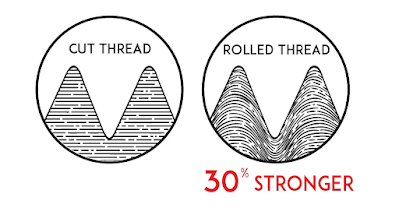Torque Tightening of Bolts: Method and Benefits

Torque Tightening of Bolts The question frequently arises regarding how the nut or the bolt head should be tightened. The solution relies on which fixing process is being utilized. If torque-controlled tightening, regardless of whether the nut is tightened and the bolt head held, or the bolt head tightened and the nut held, can be important. Regarding bolt fixing, it's not quite as simple as "righty tighty, lefty loosey." We need to understand the physics of industrial bolting to guarantee that these bolts can bear incredible weight loads. It begins with torque. What is Torque Tightening of Bolts? Torque tightening is the use of torque to a nut permitting a bolt to be pre-stacked. Pre-load in a bolt is a pivotal force that makes strain. As each force has an equal and opposite response, bolt pre-load is equal and opposite to the clipping force seen on the materials in the joint. At the point when we apply a more noteworthy torque, a more noteworthy bolt pre-load and com...



